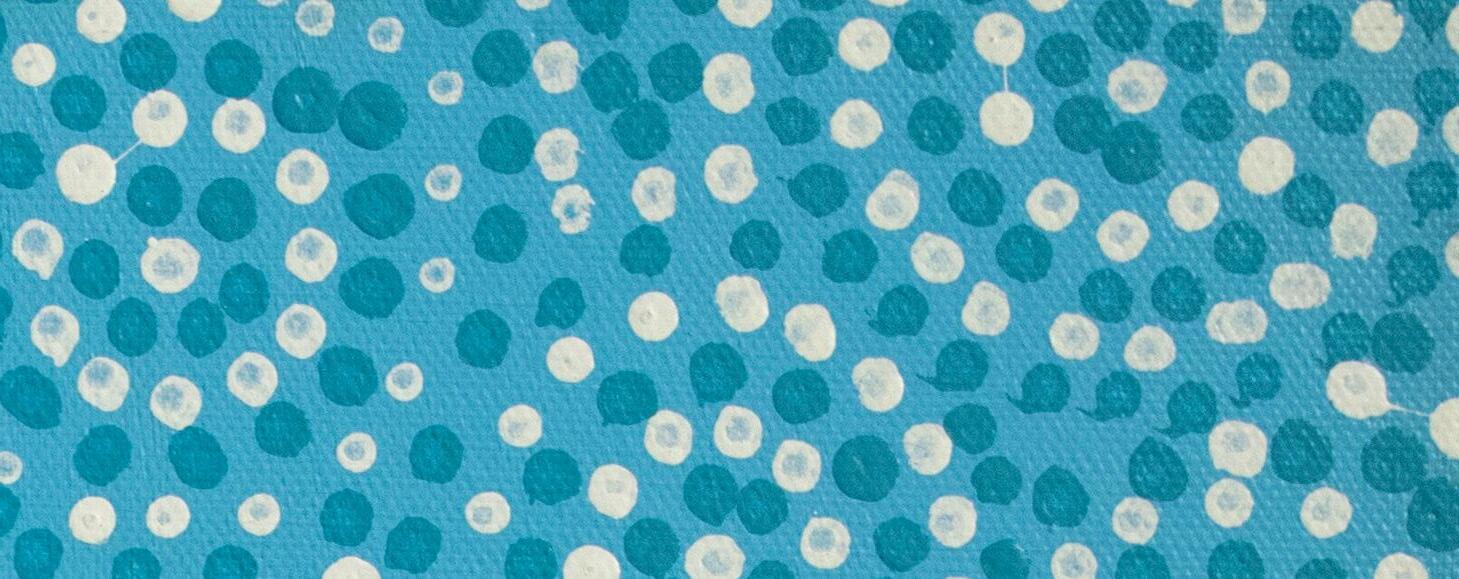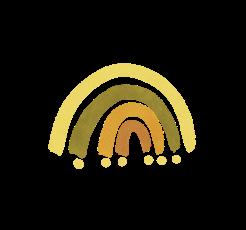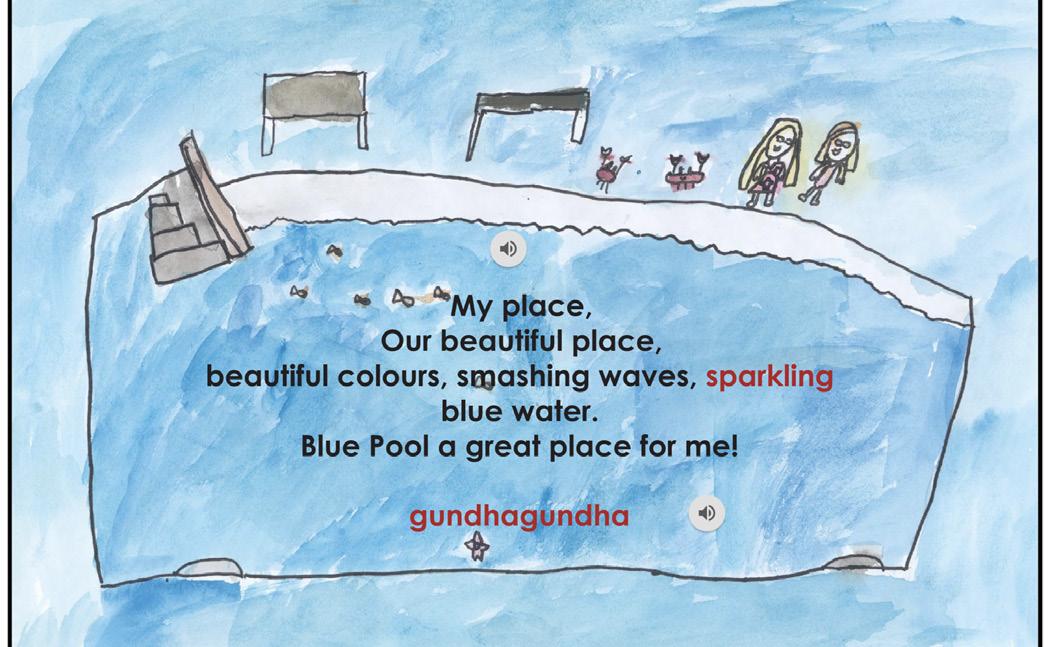

kids technology 4 learning
Connecting Community with Technology


EDITORIAL DIRECTOR
Linda Lazenby
EDITOR
Aimee Phillips
DESIGNER
Anh Ha


CONTRIBUTOR
Yvette Poshoglian
T4L Kids is created on Gadigal Land.
For more information, visit T4L.link/T4Lkids
The beautiful artwork on our cover and throughout the magazine was created by A. Fardon, a NSW public school student.


Yamakarra!
My name’s Aimee and I’m from the Wongaibon people of the Ngiyampaa nation. Yamakarra is a greeting in my language that means hello, how are you? Do you know a greeting in language from your Country? As an Aboriginal student in school, I was so lucky to have Aunty Mae Robinson as a teacher, who taught me many things about our culture and people. I’m always so honoured to be asked to present an Acknowledgement of Country. I use the opportunity to ground myself where I am, reflect on who walked on this land before me, and connect physically, emotionally and spiritually. I try to weave a personal connection into the Acknowledgement as I’m writing it, how being in a place makes me feel, what I see, hear and think, what is special about it, and continue that respect for the people who have always and will always see that place as theirs.



Aimee Phillips Relieving Principal Education Officer, T4L
Build your knowledge!
This magazine uses certain words and phrases – here is ahandy glossary for you, to understand in relation to this edition/Aboriginal and Torres Strait Islander people.
Welcome to country Special words or phrases that Aboriginal people use to welcome people to their own Aboriginal country.
Acknowledgment of country Both Aboriginal and non-
Aboriginal students can acknowledge the country they are on.
Country
This is the Country you are on – for instance, Dharug Land if you are in western Sydney.



Community Your community can be your Aboriginal community, your family community, school community or local community. In this magazine we are incorporating all these ideas of community.
Elders
Highly respected Aboriginal people in a community who hold wisdom and knowledge.
Language

This is the Aboriginal language you might be using, according to which Country you are on. Teachers –we made this for you!

Digital connections to Country
Here are four great ideas to help you build your digital connections to Country using technology!
Capture your Country
Can you take photos and videos of your Country? Are there any special features in the landscape that make your Country unique or immediately recognisable?
Gather the words
Can you capture words in your local Language? Are there any welcoming phrases that you can record, write down or share?
Share stories
Do you know the Aboriginal Elders in your school or community? Have you shared stories, and can you record their knowledge of the past and present?
Get creative
Could you capture your Country through art or words? You can either use pen and paper or sketch digitally on your device.
Listen to these legends!

Listen to Kirli Saunders talk about her connections to Country and how she uses poetry to capture her landscape.
Experiment with filters and colours, or creating videos and digital files that showcase your Country.
Build a podcast, an audio dictionary, or record special words or phrases to share with everyone in your community.
Share your stories online by collaborating on a document or building a website – this could help you create a special Acknowledgement of Country for your school.
Use colour and shapes to express your connection to Country. You could also create a word bank that you can create stories or poems with.

Learn more from Corey Tutt about the first technologists in Australia –The First Scientists.


It’s your turn! Create a digital Acknowledgement of Country
Learn
Author and poet Kirli Saunders created a soundscape and a poem about her Yuin connections to Ganai Country.

Create
Record words and language that are meaningful and connect you to Country on an audio file. Always make sure that you’re allowed to record guests!
Write with Kirli

Resources
Check which Country you’re on with this map of Indigenous Australia.
Explore place names and language from your Country from First Languages Australia.
Try this sample Acknowledgement of Country template from NSW Education to get you started.

Can you record different voices, sounds of nature or add special music to your Acknowledgement? Take it to the next level and make it sound fantastic.
Get podcasting
You might want to capture your Acknowledgement on video, especially if you have a special place like a yarning circle at your school.
Create a filmclip

“The best Acknowledgements of Country are personal, respectful, honest and caring. They include the name of the Traditional Owner/s and might even include some features of that Country or your personal relationship with or responsibility to them.” - Kirli Saunders
Listen to Kirli’s poem version of Acknowledgement of Country here.



Create a website for the community Learn
The students and teachers at Bermagui Public School have built a website to collect and celebrate one of their local Yuin languages - Dhurga. Together with their community, including Elders from the Local Aboriginal Land Council, the students and teachers created a website called Growing Yuin Languages.
Create

Record songs or words in language on audio files. Learn some greetings from Uncle Gordy and some Bermagui students! You can record videos and podcasts on WeVideo too.
Resources
Explore the Growing Yuin Languages website together with your class or group. What kind of resources have Bermagui Public School added?
greetings in language artwork stories posters recipes games songs

Create a digital picture book with your own artwork and words using Canva. Publish a book about your community and Country. The Bermagui students used Google Slides. Collect recipes from your community and Country. Can you build a cookbook? Are there any special local or native ingredients you can include? Get cooking with some great ideas on creating a digital cookbook

Using Bermagui Public School as inspiration, could you create a community website like Growing Yuin Languages that can capture Language, Culture and art from your Aboriginal Country? Bermagui Public School worked with the local community groups and Elders to build this awesome resource using Google Sites.
Explore Growing Yuin Languages now!




What do you love to do?
Writing
Collect stories or write your own about your local Country. You can write on your own or together in a document. Have a look at one of the digital books that students from Bermagui Public School on Yuin Country put together. They’ve included their Acknowledgement inside and created their book using Google Slides.
The students at Tea Gardens Public School on Worimi Country created their own Yarning Stories to share stories of culture and community.
Connect with your community using the following tech tools!




Drawing and art

Create digital artwork like the students at Cabbage Tree Island Public School. You can draw digitally using the draw tools on iPad, Google Drawings or Canva. If you create art traditionally, you can take a photo of your work and upload it into your digital book or presentation. Here are some artworks from the students at Cabbage Tree Island Public School.




Music, songs and poetry
Callaghan Secondary College on Awabakal Country captured their Acknowledgement of Country on film and it incorporates spoken word, and music. Try capturing your Acknowledgement on film or experimenting with GarageBand and other sound recordings to bring your stories to life.
Podcasting and audio recording
Share stories and capture language from your Country on an audio file! You can turn your collections into an audio dictionary to preserve language or add it into a special podcast for your school to share with community. Try podcasting with Chromebooks and WeVideo or book a stem.T4L Podcasting Kit for your school.

Designing and gaming
If you love Minecraft or are working in CoSpaces, why don’t you signpost an Acknowledgement to Country in your build? Here’s one that you can check out the T4L team in conjunction with Taronga Zoo












Glebe Public School, Georges River Secondary College and Buninyong Public School students.
